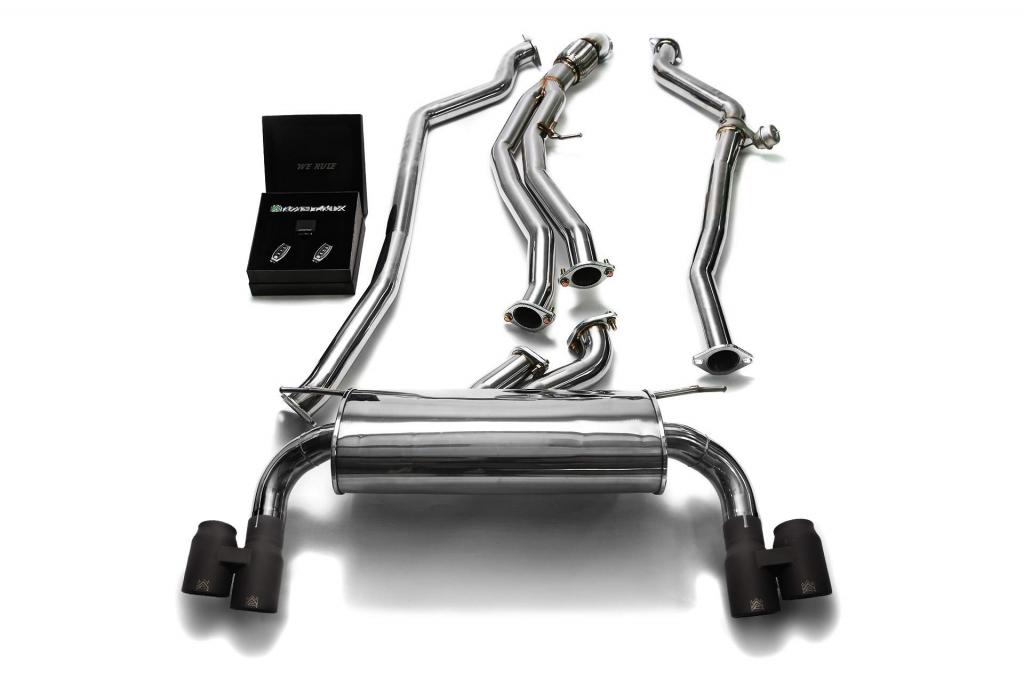Alternative Source For Automotive Emissions
As far back as the late 1980's, automobiles accounted for around 70% of toxic emissions in the U.S. Even though with government regulations and stricter rules about how precisely car exhaust systems will be designed, there has been just a slight lowering of the pollutants considering that the Clean Air Act went into effect in 1977. Today emissions from gas-driven vehicles continue to be a principal concern for government regulators, the automotive manufacturers, and the typical public.
With much more emphasis being placed on this by those who have a stake inside it, including the Honda Civic Type R FK8 Exhaust Dealers, and what can be done with alternative fuels and the vehicles that they power, we are just starting to see that this really is outpacing vehicle size and efficiency of combustion as the absolute most promising source of pollution reduction for gas powered vehicles. With the appearance of alternative fuel itself and the following requirements for how they should be combined with vehicles, there is a huge escalation in expenditures for corporate research and development. Using what appears to become a general acceptance with this new fuel source, there is an indication of long term stability in this region and what industry can do to offset the rising costs of oil along with the lowering of toxic emissions.

Even though alternative fuel technologies have now been viewed by Audi S4 B9 Exhaust automobile manufacturers for more than a decade, the technologies itself never been fully developed to its maximum potential.
The fuels for Dover Used Cars which are the existing focus in the U.S. include reformulated gasoline, ethanol/ethanol blends, compressed natural gas, and electricity.
Many international manufacturers as far as Japan is focused more on electricity as opposed to biofuels, whilst the Europeans remain focused on both electrical and hydrogen. Up to now in this ever growing busy technology race, you can find no clear sources offering a competitive advantage. It remains uncertain whether those that choose to obtain in early could have any advantage through learning-curve effects or by ensuring the presence of their technology in regulatory standards.
The multiple fuel choices will continue to have a lasting effect on the automotive industry. There will likely be many options for fuels from the idea on so long as you can find cars to be driven.

